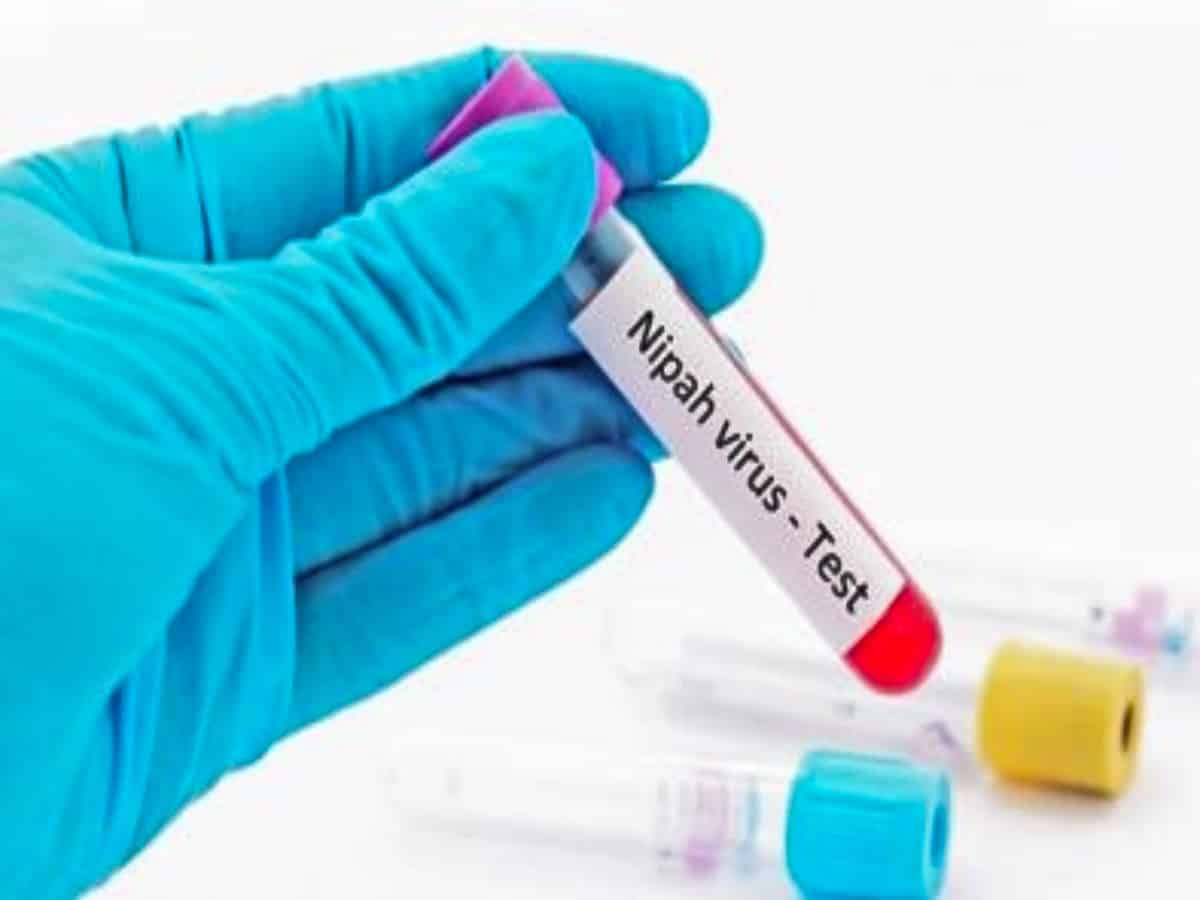
Thiruvananthapuram: On May 19, 2018, the dreaded Nipah virus was detected in Kerala, in the Kozhikode and Malappuram districts. It later turned into an outbreak leaving 17 people dead and 18 people confirmed with the disease. This was the first outbreak of Nipah in South India and the third one in India.
The two earlier outbreaks in India, according to the WHO were in West Bengal in 2001 and 2007.
The source of the Nipah virus was traced to fruit bats and it was confined to Kozhikode and Malappuram in North Kerala.
In 2021, Nipah was detected in patients with fever but was restricted to Pazhur village in Chathamangalam gram panchayat of Kozhikode district. The second outbreak of Nipah claimed one life.
It was on May 2, 2018, that the disease was detected in a patient who was admitted in a Primary Health Centre in Perambra, Kozhikode district. When his condition worsened he was taken to Kozhikode Government Medical College where he succumbed.
His brother also showed similar symptoms and on testing it was found to be the Nipah virus. The samples were later sent to the National Institute of Virology where it was reconfirmed that he was affected by Nipah.
Ten people at Kozhikode Medical College were infected and a nurse Lini Puthuserry who treated the first patient contracted the virus and passed away.
The disease spread to the adjoining Malappuram district and later health advisories were issued in Kozhikode and Malappuram. Cases were also reported in neighbouring Mangaluru district.
The Kerala government and the then health minister K.K. Shailaja, then health secretary Rajeev Sadanandan and the Kozhikode and Malappuram district administrations, including health officials and the police, swung into action and the areas were cordoned off and isolation measures were put in place.
This controlled the spread and by June first week the spread was totally curtailed. Seventeen people including the nurse Lini Puthussery died and 18 people reported contracting the disease.
The World Health Organisation (WHO) and international health journals lauded the efforts of the Kerala government and Shailaja was praised for her leadership.
Lini Puthussery, the 28 year old nurse of Perambra Taluk Hospital who succumbed to the disease after contracting it while treating the index patient, Mohammed Sabith, was hailed on social media and by the WHO.
Dr Jim Campbell, WHO’s Director of Health Workforce, paid rich tributes to the nurse and tweeted that society must never forget the services that she had rendered to the ailing people during the Nipah outbreak, sacrificing her own life.
The state government had only one virology lab in Alappuzha district and after the outbreak of Nipah, this lab was upgraded.
The Nipah virus again resurfaced in the state in September 2021 and a 17-year-old boy was detected with the disease. The boy from Chathamangalam in Kozhikode succumbed but immediate action by the state government and health officials restricted Nipah’s spread and no new cases were reported.
After Nipah, there were several instances of people getting infected by rat fever and monkey fever. Swine flu is another contagious disease that Keralites have suffered frequently. The basic health system being in good shape, in most of the cases the recoveries are fast.
Presently many Keralites are in Qatar watching the FIFA World Cup and reports of camel flu has led to the state health department gearing up for any eventuality.
A Kerala health department official, speaking on the condition of anonymity, told IANS: “We are ready for any disease and the medical system in the state is well equipped to manage any viral or bacterial outbreak. We are keeping our fingers crossed on the reports of camel flu in the Middle East.”
